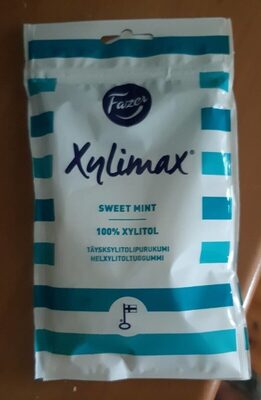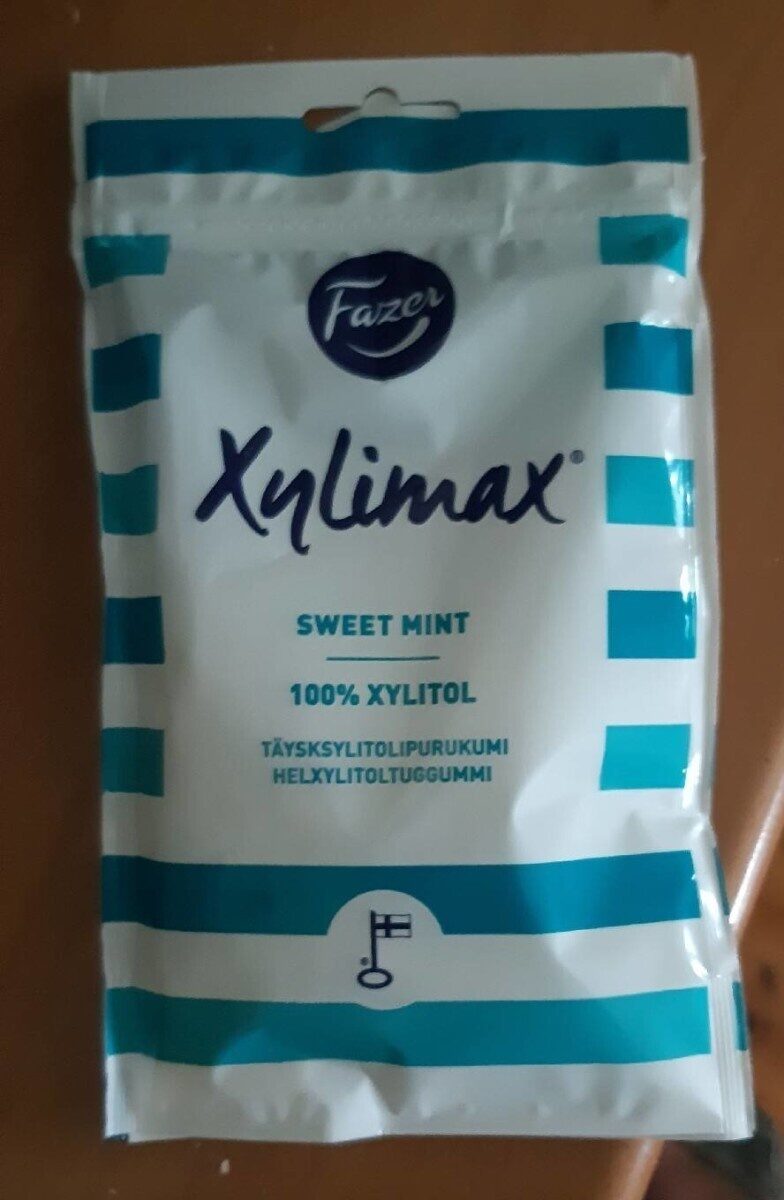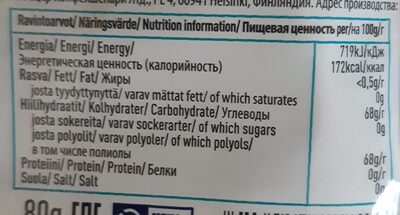Xylimax Sweet Mint - Fazer
This product page is not complete. You can help to complete it by editing it and adding more data from the photos we have, or by taking more photos using the app for Android or iPhone/iPad. Thank you!
×
Barcode: 6416453118157 (EAN / EAN-13)
Packaging: Bag
Brands: Fazer
Categories: Snacks, Sweet snacks, Confectioneries, Chewing gum, Sugar-free chewing gum
Labels, certifications, awards:
Avainlippu
Manufacturing or processing places: Finland
Matching with your preferences
Environment
Packaging
Transportation
Report a problem
Data sources
Product added on by openfoodfacts-contributors
Last edit of product page on by kiliweb.
Product page also edited by aleene, jumati, packbot, yuka.sY2b0xO6T85zoF3NwEKvlkxNCYvckBT2bRDTkBSaze2VKcXrfO9D2LDrOas, yuka.sY2b0xO6T85zoF3NwEKvllNlcNTgmGvjO0PilWiomPmzLcXxU8B42rj6b6s.
If the data is incomplete or incorrect, you can complete or correct it by editing this page.









